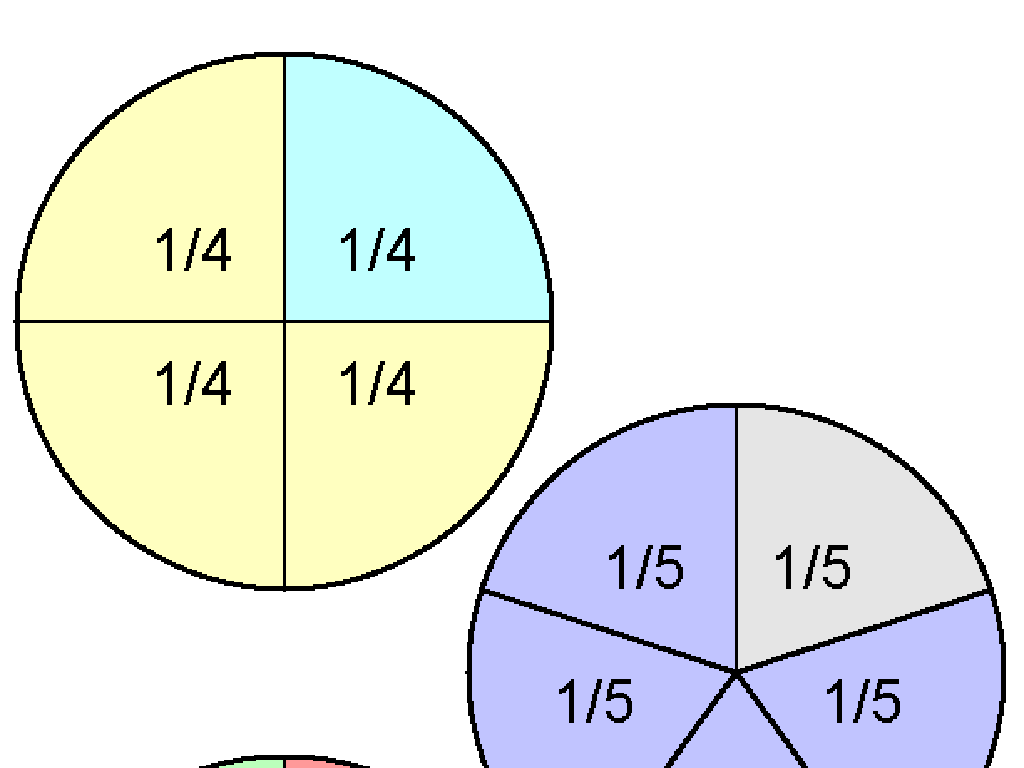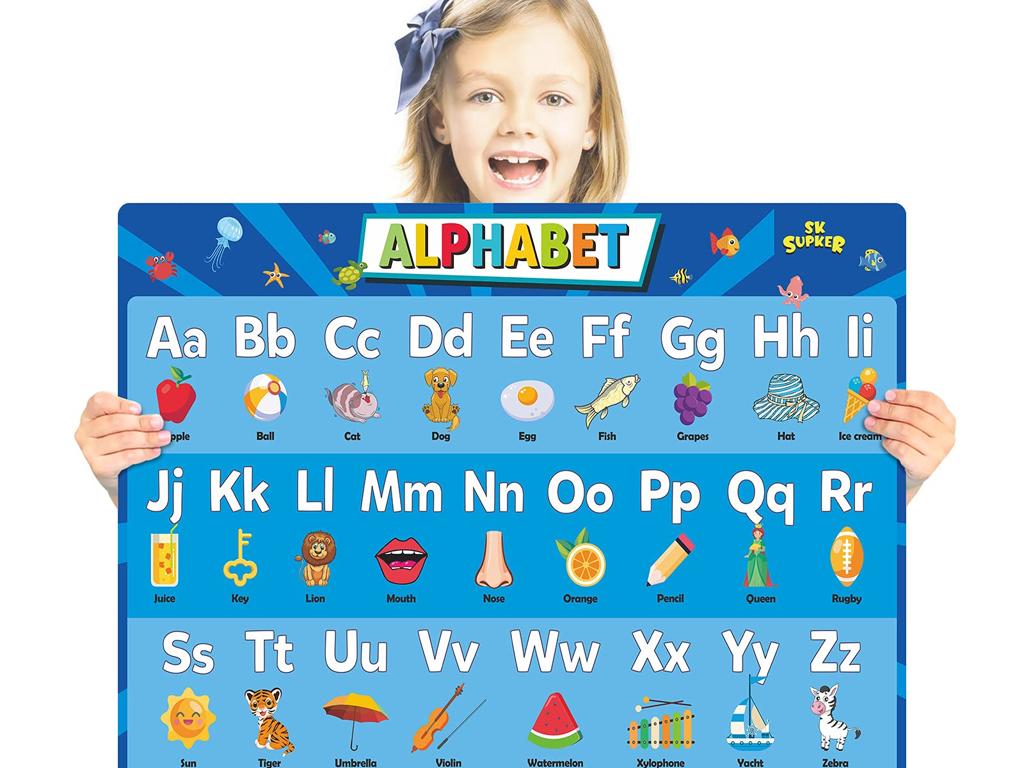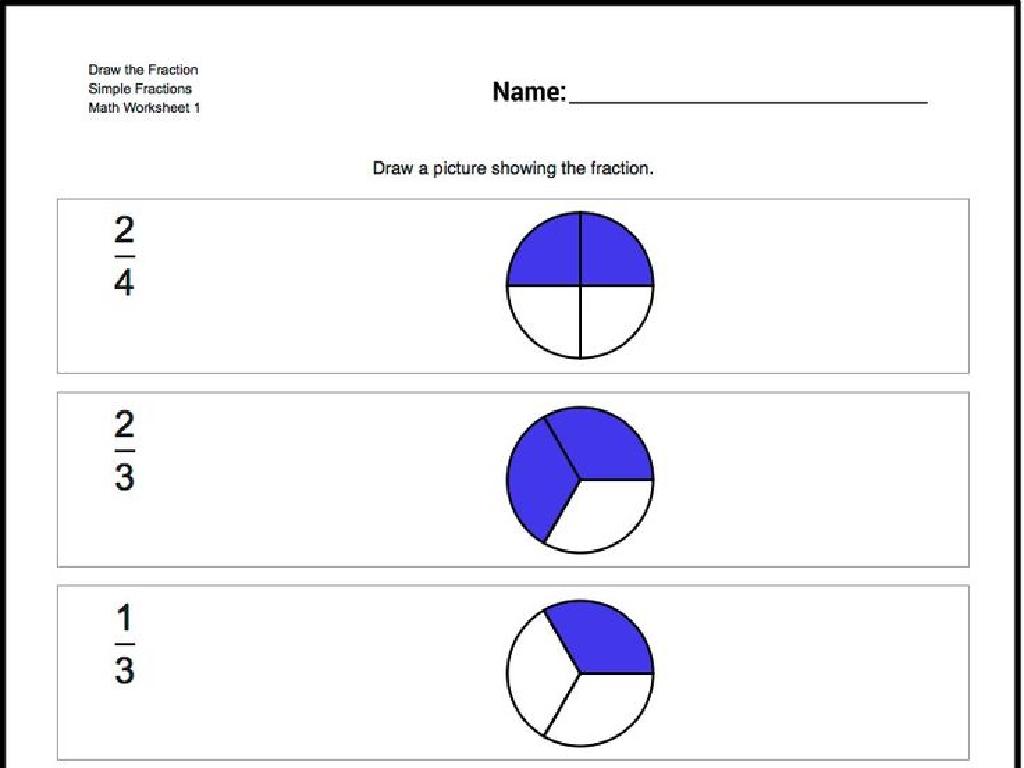Distributive Property: Find The Missing Factor
Subject: Math
Grade: Third grade
Topic: Multiplication Properties
Please LOG IN to download the presentation. Access is available to registered users only.
View More Content
Exploring the Distributive Property
– Welcome to Multiplication Properties!
– Understanding multiplication properties
– Properties make multiplication easier
– Today’s focus: Distributive Property
– Breaks a multiplication into parts
– Finding the missing factor
– Use ‘parts’ to solve when a factor is unknown
|
Begin the class with a warm welcome and an introduction to the importance of multiplication properties in making math problems easier to solve. Explain that these properties are rules that help us understand and perform multiplication in different ways. Today’s lesson will focus on the Distributive Property, which allows us to break down a multiplication problem into smaller parts, making it easier to solve, especially when one of the factors is missing. Demonstrate this with an example, such as 6 x (2 + 4) = (6 x 2) + (6 x 4), and show how to find a missing number in one of the parts. Encourage students to think of the Distributive Property as a way of distributing or sharing the multiplication evenly across the addends.
Understanding the Distributive Property
– What is Distributive Property?
– It lets you multiply a sum by multiplying each addend separately and then add the products.
– The formula: a(b + c) = ab + ac
– For example, 3(2 + 4) = 3*2 + 3*4
– Simplifying tricky multiplication
– Breaks big problems into smaller steps
– Practice with missing factors
– Find the missing number: 3(2 + ?) = 3*2 + 3*6
|
The Distributive Property is a key concept in multiplication that allows students to break down more complex problems into manageable pieces. Start by defining the property and then show the formula, making sure to use clear examples like 3(2 + 4) to illustrate the concept. Explain that this property can make difficult multiplication easier by splitting it into smaller parts. To apply this, give students problems where they have to find the missing factor using the distributive property, such as 3(2 + ?) = 3*2 + 3*6, and guide them to discover that the missing factor is 6. This will help them understand how to distribute and combine like terms effectively.
Visualizing the Distributive Property
– Multiplication spreads over addition
– Example: fruits in baskets
– If 3 baskets have 5 fruits each, instead of 3×5, think (2+1)x5 fruits
– Interactive understanding check
– What’s 2×5? What’s 1×5? Add them together for total fruits
– Practice with real objects
– Use items like blocks or counters to distribute and multiply
|
This slide aims to help students visualize the distributive property of multiplication over addition using tangible examples. Start by explaining that multiplication can be ‘spread out’ or distributed over addition. Use a relatable example such as fruits in baskets to show this concept in action. For instance, if there are 3 baskets with 5 fruits each, we can distribute the multiplication (3×5) into (2×5) + (1×5). Engage the class with interactive questions to ensure they understand before moving on. Finally, encourage hands-on practice with real-life objects or manipulatives like blocks to reinforce the concept. This activity will solidify their understanding of the distributive property through active participation.
Finding the Missing Factor with Distributive Property
– What’s a missing factor?
– It’s the number we need to find to complete an equation!
– Use Distributive Property
– Break apart numbers to find it, like 3*(4+2) = 3*4 + 3*2
– Class example problem
– Let’s solve 3*(x+2) = 15 together
– Practice finding factors
|
This slide introduces the concept of finding the missing factor in multiplication equations using the Distributive Property. Begin by explaining that a missing factor is a number that completes an equation. Demonstrate the Distributive Property by breaking apart a multiplication problem into smaller, more manageable parts. Work through an example problem with the class, such as 3*(x+2) = 15, and show how to find the value of ‘x’ that makes the equation true. Encourage students to participate in solving the problem and ask questions to ensure understanding. After the example, give students a chance to practice with similar problems, providing guidance as needed.
Practice Time: Distributive Property
– Solve the given problems
– Use the Distributive Property
– Break down a multiplication problem into smaller parts
– Teacher will assist you
– Show your understanding
|
This slide is designed for a classroom activity where students will practice applying the Distributive Property to find the missing factor in multiplication problems. Distribute worksheets with several problems for the students to solve independently. Encourage them to use the Distributive Property by breaking down larger multiplication problems into smaller, more manageable parts. As they work, walk around the room to offer help, answer questions, and check for understanding. This hands-on practice will help solidify their grasp of the concept. Be prepared with different examples and strategies to help students who may struggle. After the activity, review the problems as a class to ensure comprehension.
Group Activity: Find the Missing Factor
– Divide into small groups
– Solve the set of problems
– Use the distributive property to find the missing number in equations like 3 x (4 + ?) = 18
– Discuss solutions within the group
– Share different strategies on how you found the missing factor
– Present your solutions to the class
– Explain your group’s thinking and how you worked together to find the answer
|
This activity is designed to foster collaborative problem-solving skills among students. By working in small groups, students can discuss and apply the distributive property to find missing factors in multiplication problems. Encourage each group to use manipulatives or draw pictures to visualize the problems. Provide guidance on how to set up equations and use the distributive property effectively. After solving the problems, each group will have the opportunity to present their solutions and explain their thought process to the class, promoting communication skills and reinforcing their understanding of the concept. Possible activities could include solving for missing factors in given equations, creating their own problems for other groups to solve, or using real-life scenarios where they apply the distributive property.
Class Review: The Distributive Property
– Reviewing Distributive Property
– Remember, it’s like sharing equally in parts!
– Simplifying complex multiplication
– Break big problems into smaller ones
– Share your learning
– What new fact did you find most interesting?
– Reflect on today’s lesson
|
As we wrap up today’s lesson, revisit the key concepts of the Distributive Property, emphasizing how it helps in breaking down complex multiplication problems into smaller, more manageable parts. This can make math easier and less intimidating for students. Encourage the class to discuss and share their insights or ‘aha’ moments from the lesson. Ask them to articulate what they’ve learned about the Distributive Property and how they might apply it to future math problems. This reflection time is crucial for solidifying their understanding and for you to assess their grasp of the concept.
Homework: Practice the Distributive Property
– Complete the assigned worksheet
– Find missing factors using distributive property
– Use the distributive property: a(b + c) = ab + ac
– Preview: Associative Property of Multiplication
– Practice multiplication with family
– Share what you’ve learned with your family
|
For homework, students are to complete a worksheet that focuses on finding missing factors using the distributive property, reinforcing today’s lesson. The worksheet should include problems that require them to apply the property to break down more complex multiplication questions into simpler parts. The next topic in the series will be the Associative Property of Multiplication, which they can preview in their textbooks or provided materials. Encourage students to practice their multiplication skills at home with family members, turning it into a fun activity. This will help them solidify their understanding of the concepts taught in class and build confidence in their math skills.
Great Job on Learning the Distributive Property!
– Congratulations on your hard work!
– Remember, practice makes perfect
– Practice at home to become a multiplication master
– Keep a positive attitude
– Believe in yourself and your math skills
– Any questions before we finish?
|
As we close today’s lesson on the distributive property, it’s important to acknowledge the students’ effort and progress. Reinforce the concept that mastering math skills, especially multiplication and the distributive property, requires regular practice. Encourage them to continue practicing at home with fun activities or worksheets. End the class on a high note, emphasizing that their hard work will pay off and that they should always believe in their ability to solve math problems. Invite any last-minute questions to ensure they leave the class with a clear understanding of the topic.





